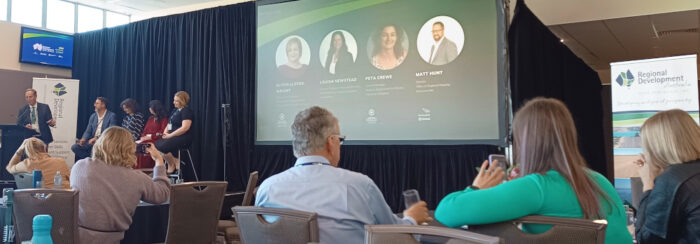
Population and Prosperity
Regional Population Growth for South Australia – making it happen
Part 3 of the RDSA 2023 Annual Summit looked at the Rebalance the Nation framework and how it relates to South Australia, the impact of regional migration, the viability of population growth in our regions, as well as the second panel conversation of the day.
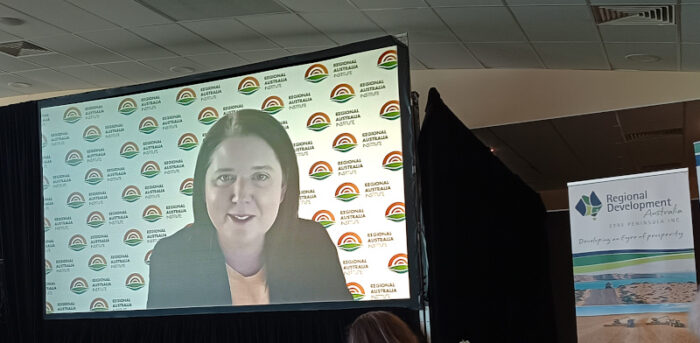
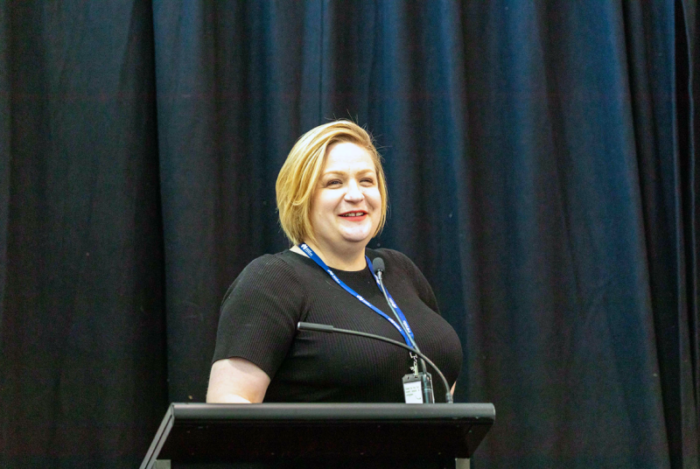
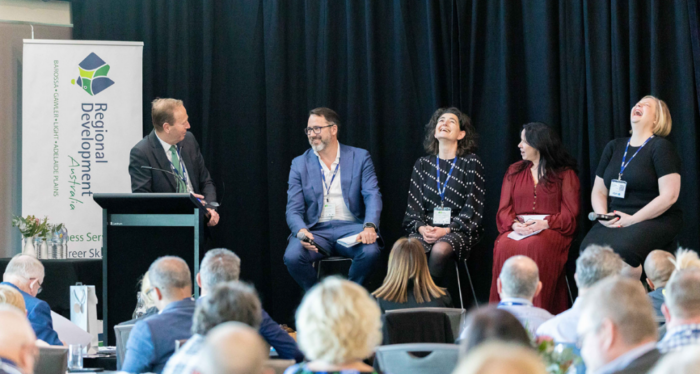
Rebalance the Nation Framework
Liz Ritchie – CEO Regional Australian Institute (RAI)
Liz highlighted the significant migration trend towards regional areas in Australia. According to RAI’s “Big Movers 2023” report, nearly 170,000 additional people chose to live in regional areas over cities during the 2016-2021 census period. This includes a net gain of 57,000 millennials (aged 25-39), reflecting a societal shift towards regional living.
One of the notable achievements is that South Australia’s regional areas have the highest national school attainment rates at 84.7%, which exceed the national average of 69.6%, and the national target of having 75% of young people achieving high school or equivalent education.
Another target is doubling the proportion of overseas migrants settling in regional areas by 2032. South Australia is leading the way, experiencing a 347% increase in overseas arrivals between 2020 and 2021, second only to regional Victoria.
Recruitment difficulty and housing availability remain key concerns. While South Australia’s recruitment difficulty remained unchanged at 67%, building approvals are not keeping pace with population growth, however at an 11.5%, South Australia’s regions have seen a smaller decline compared to the national average of 23.8%.
We need to create a system where top-down influence and investment has the opportunity to meet bottom-up ideas, energy and momentum.
Liz Ritchie
In line with other speakers, Liz emphasised the need for a collaborative approach involving government, industry, and community leaders to address these challenges and seize the opportunity presented by the migration trend to regional areas. The “Rebalance the Nation” framework aims to achieve a prosperous future with 11 million people living in regional Australia by 2032, boosting the nation’s GDP by nearly $14 billion.
The message is clear: Regional Australia is undergoing significant change, and it’s time for collective action to ensure a bright future for the regions.
What does regional growth in South Australia look like?
Alison Lloydd-Wright – Deputy Chief Executive (Community, Culture & Place)Department of Premier and Cabinet
In her presentation, Alison highlighted South Australia’s remarkable achievements in population growth, putting the state in competition with the national average – a significant turnaround from years of decline.
One striking revelation was that people are choosing South Australia as their preferred place to live before even securing a job. This “destination first” approach underscores the importance of offering an appealing lifestyle that extends beyond mere job opportunities.
South Australia has successfully pinpointed its target audience: individuals aged 20 to 40, living within 10 kilometres of a CBD, and those more likely to move if they’ve visited the state at least twice. To bolster its population growth, the state has invested in marketing campaigns aimed at building awareness about South Australia’s lifestyle and opportunities. These campaigns dispel misconceptions and emphasise the state’s unique offerings.
Crucially, community engagement emerges as a key element in attracting and retaining new residents. Local communities must embrace newcomers and provide support for settlement. Effective strategies for converting tourists and potential migrants into permanent residents includes the implementation of welcome packs, inbound visits, and concierge services.
Alison emphasised importance of having a clear, values-based identity for regions, that should align seamlessly with the preferences of the target audience, ensuring a strong appeal for prospective residents.
Facilitated panel discussion + Q&A
Are we ready for population growth?
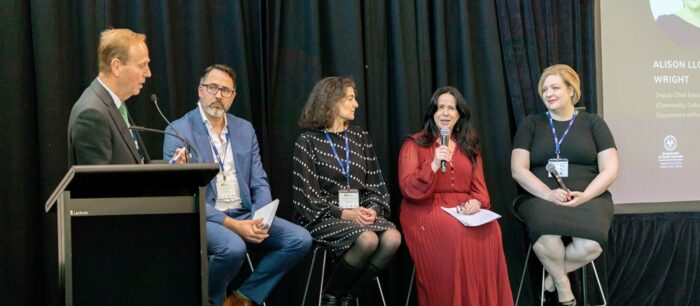
Peta Crewe (General Manager, Regions – Department of Primary Industries and Regions)
Louisa Newstead (Director – Strategic Policy and Migration, Department for Industry, Innovation and Science)
Alison Lloydd-Wright (Department for Premier and Cabinet’s Deputy Chief Executive)
In the second panel discussion of the day, key talking points included strategies, opportunities and challenges in attracting people to our regions, as well as the role of various key stakeholders in supporting regional growth.
Attracting People and Economic Opportunities:
The panel explored strategies to attract people to South Australia while considering the challenges of population growth. While offering free trips as an incentive seemed enticing, it was acknowledged that migration decisions are influenced by deeper factors beyond short-term incentives. Prominent projects like Oracas and the hydrogen plant were highlighted as opportunities to entice young people to move to South Australia. These projects were seen as potential game-changers that could create attractive job prospects and contribute to population growth.
Unique Opportunities, Challenges, and Education’s Impact:
South Australia was acknowledged for offering unique opportunities, including a high attainment rate in education, stemming from the country’s education strategy. This was seen as an attractive factor for both local residents and potential migrants. However, the panel also recognised the complexities of migration systems and global competition, which present significant challenges.
Migration Policies, Government Initiatives, and Collaboration:
Current migration policies and restrictions were explained, emphasising the limitation on skilled migrants due to reduced allocations. The panel expressed a need to advocate for changes in these policies to support population growth. Government-led initiatives and investments, particularly in infrastructure development, were seen as essential catalysts for driving regional growth effectively. Planning, scheduling, and funding were considered vital aspects of supporting sustainable growth in regions. Collaboration among different levels of government (state, local, and federal) was highlighted as crucial to effectively address population growth challenges.
Regional Growth and Community Involvement:
The role of property enterprises in driving regional growth was discussed, with a consensus that it cannot rely solely on such enterprises. Government leadership, planning, funding, and infrastructure development, including healthcare and education facilities, were deemed crucial. Communities were recognised as playing a vital role in attracting newcomers to regional areas. Examples were provided of community-led efforts that successfully connected newcomers with local businesses and accommodations.
Local Government’s Role, Holistic Planning, and Government Intervention:
Local governments were encouraged to leverage their resources and regional knowledge to address workforce and housing challenges effectively. Well-thought-out plans and strategies could help secure support from higher levels of government. Holistic planning that considers infrastructure, public transport, schools, childcare, and housing was emphasised as essential for sustainable population growth. Recognising the interdependencies of these elements is key to successful planning. Government intervention was discussed as necessary in addressing market failures, particularly in providing essential services like childcare and aged care in regional areas.
Comprehensive Regional Rail System:
Establishing a comprehensive regional rail system in South Australia was deemed a significant challenge. However, it was recognised as a valuable goal for improving regional connectivity and attracting people to these areas, as it aligns with broader infrastructure development efforts.
Is population growth in Regional SA really possible?
Professor Göran Roos – founder of Intellectual Capital Services Ltd and former SA Thinker in Residence
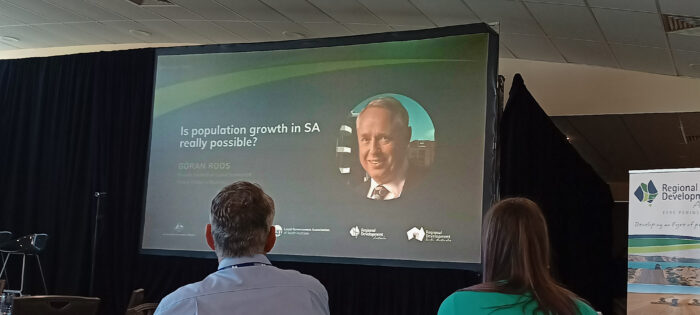
Professor Roos explored whether Regional South Australia (SA) could grow its population by understanding what motivated people and businesses to move. He focused on the value a place offered, including:
- what it could do for residents (instrumental value)
- its inherent appeal (intrinsic value)
- how it was perceived by others (extrinsic value)
Regional SA faces challenges as a remote and isolated area, as it has limited access to markets and services, an aging population, and lower education levels compared to urban areas.
To boost growth, the Professor recommended a smart specialisation strategy: concentrating on specific strengths and connections with Adelaide. Factors like population density, specialised industries, diversity, creative communities, knowledge links, and infrastructure all play a crucial role.
He also talked about three types of entrepreneurship needed for growth and how a balance of these were vital for success:
- innovative entrepreneurship (creating new things)
- institutional entrepreneurship (changing traditional thinking)
- place-based leadership (mobilising others)
One issue Professor Roos highlighted was that successful companies often left the region as they grew. To address this, he suggested building relationships with global firms and long-term planning.
In summary, increasing the population in Regional SA was possible but challenging. It required a smart strategy, collaboration, and attracting global companies. Success would involve building relationships, fostering innovation, and overcoming the challenges faced by remote regions.
RDA forward investment pipeline
The last presentation of the day by Regional Development South Australia CEO, Kelly-Anne Saffin, looked at the various RDAs across South Australia and how they could support future growth in their regions.
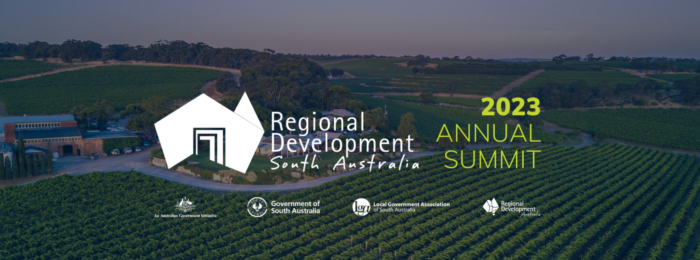
including photos, videos and speaker presentations.
